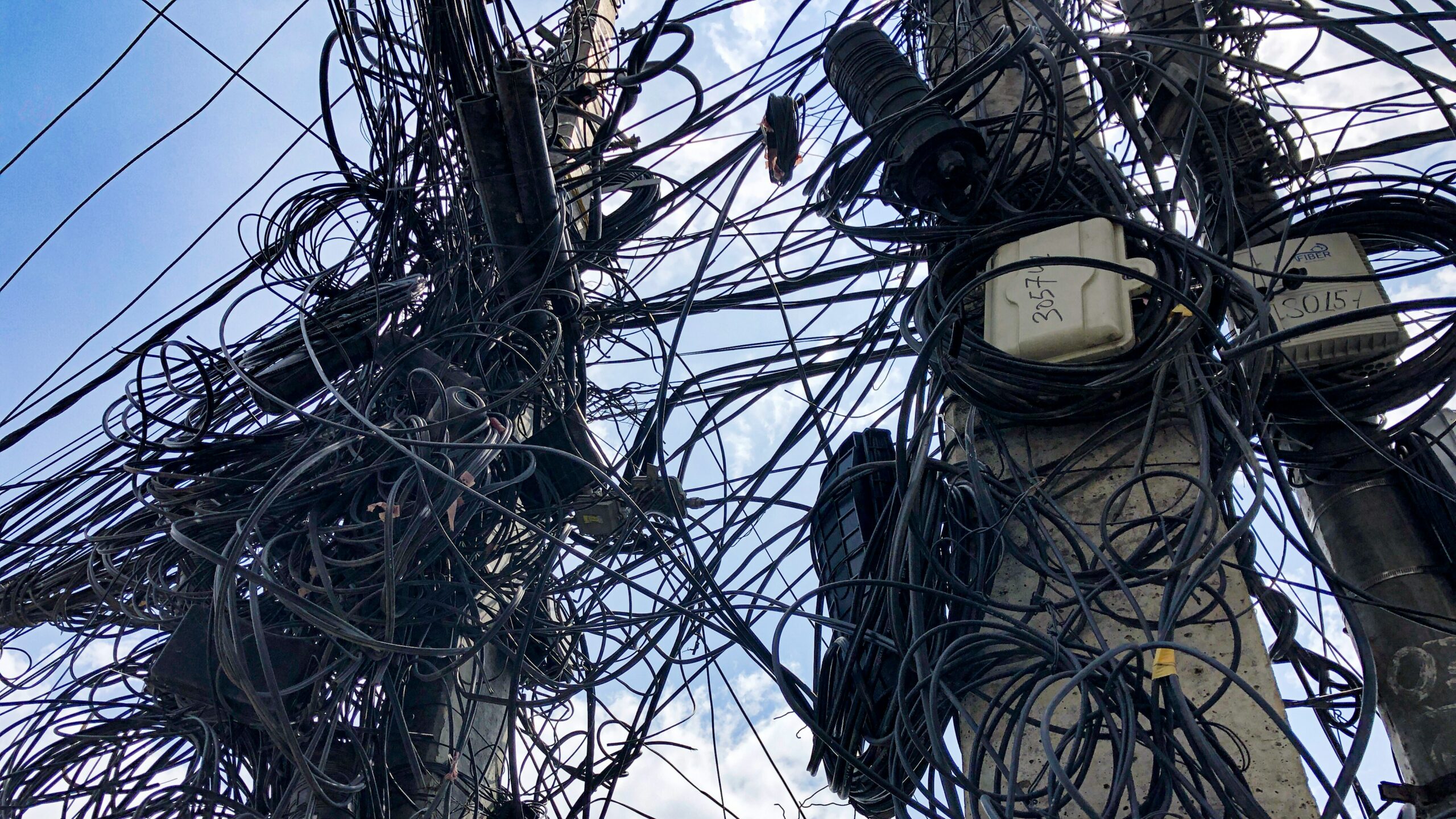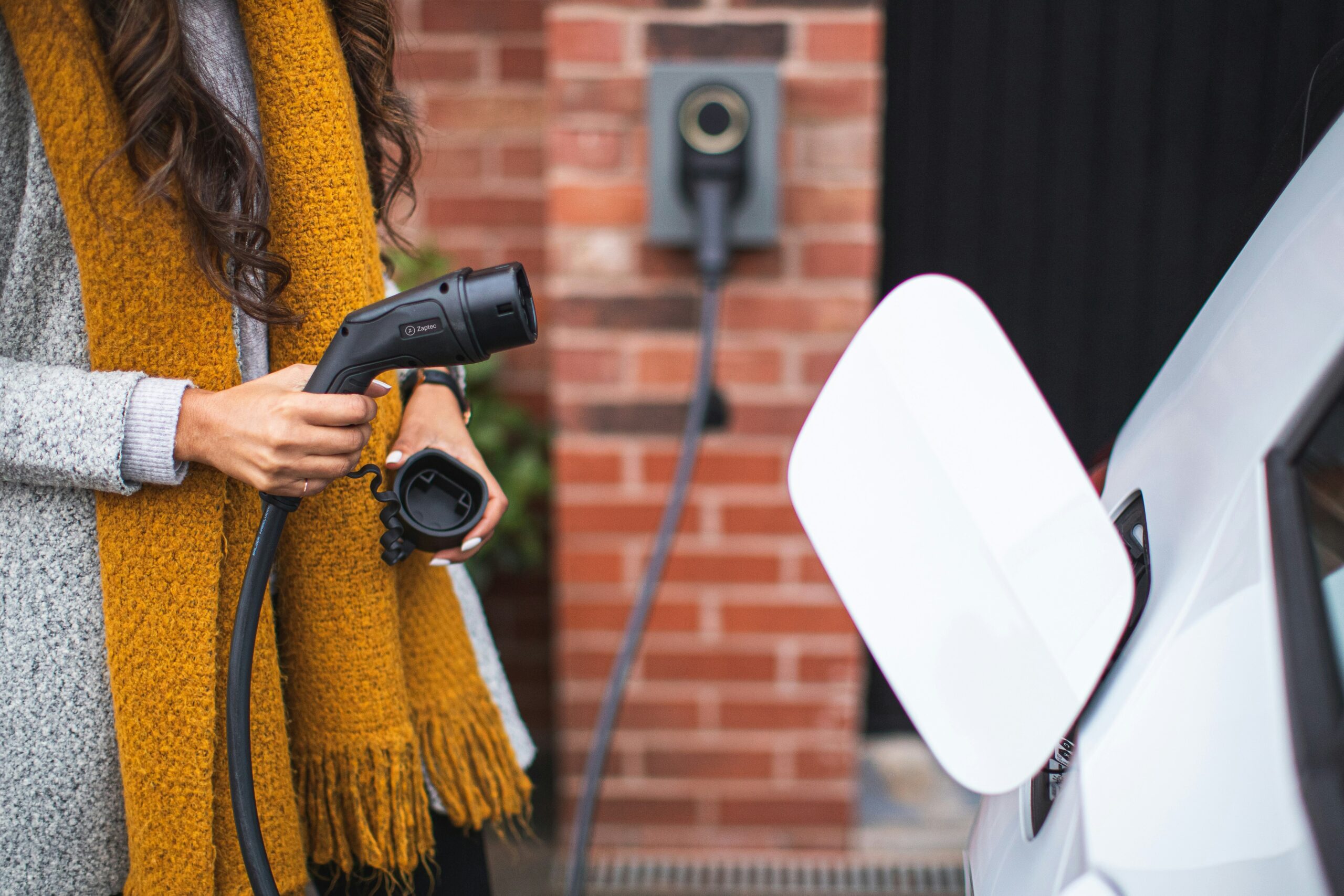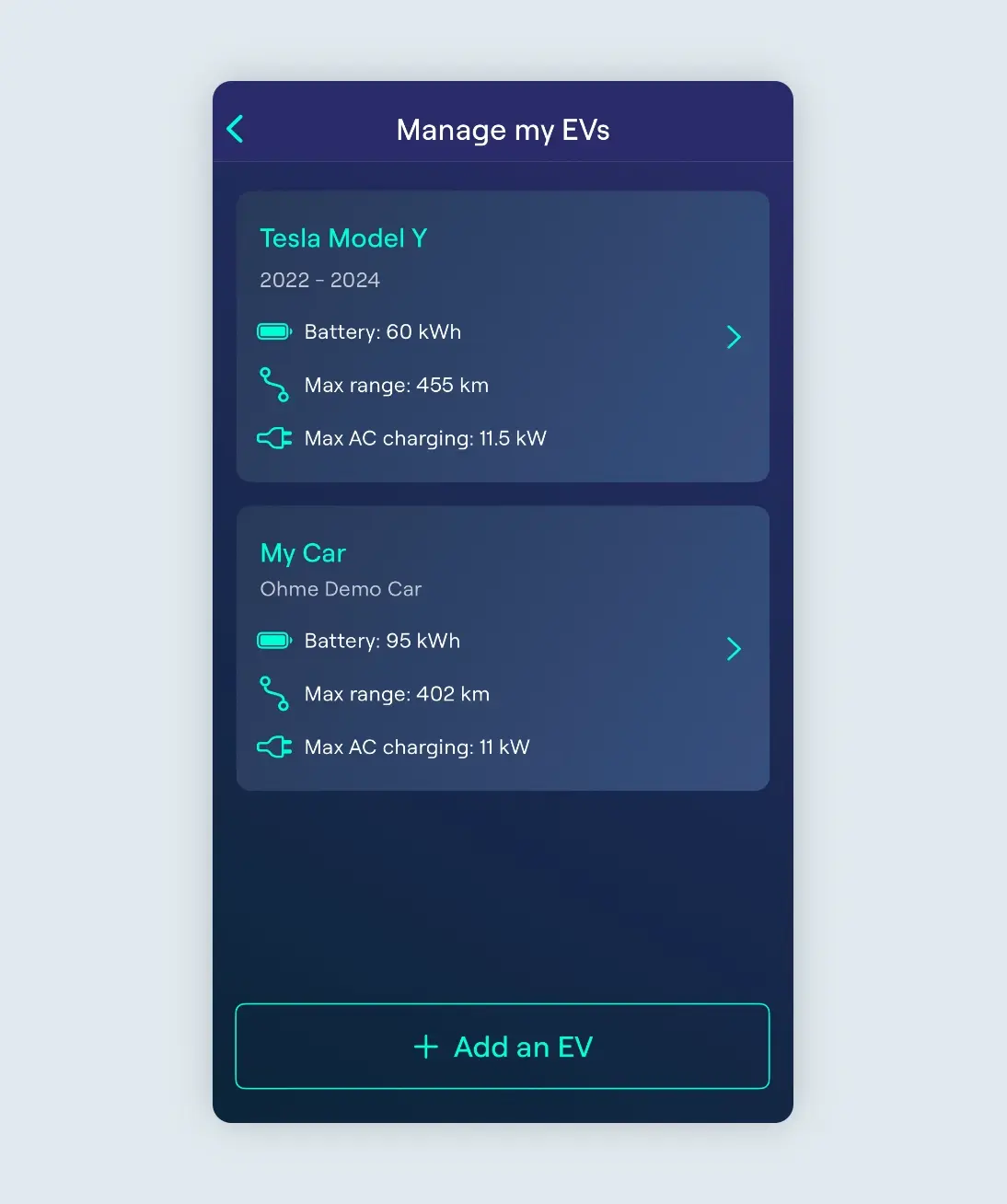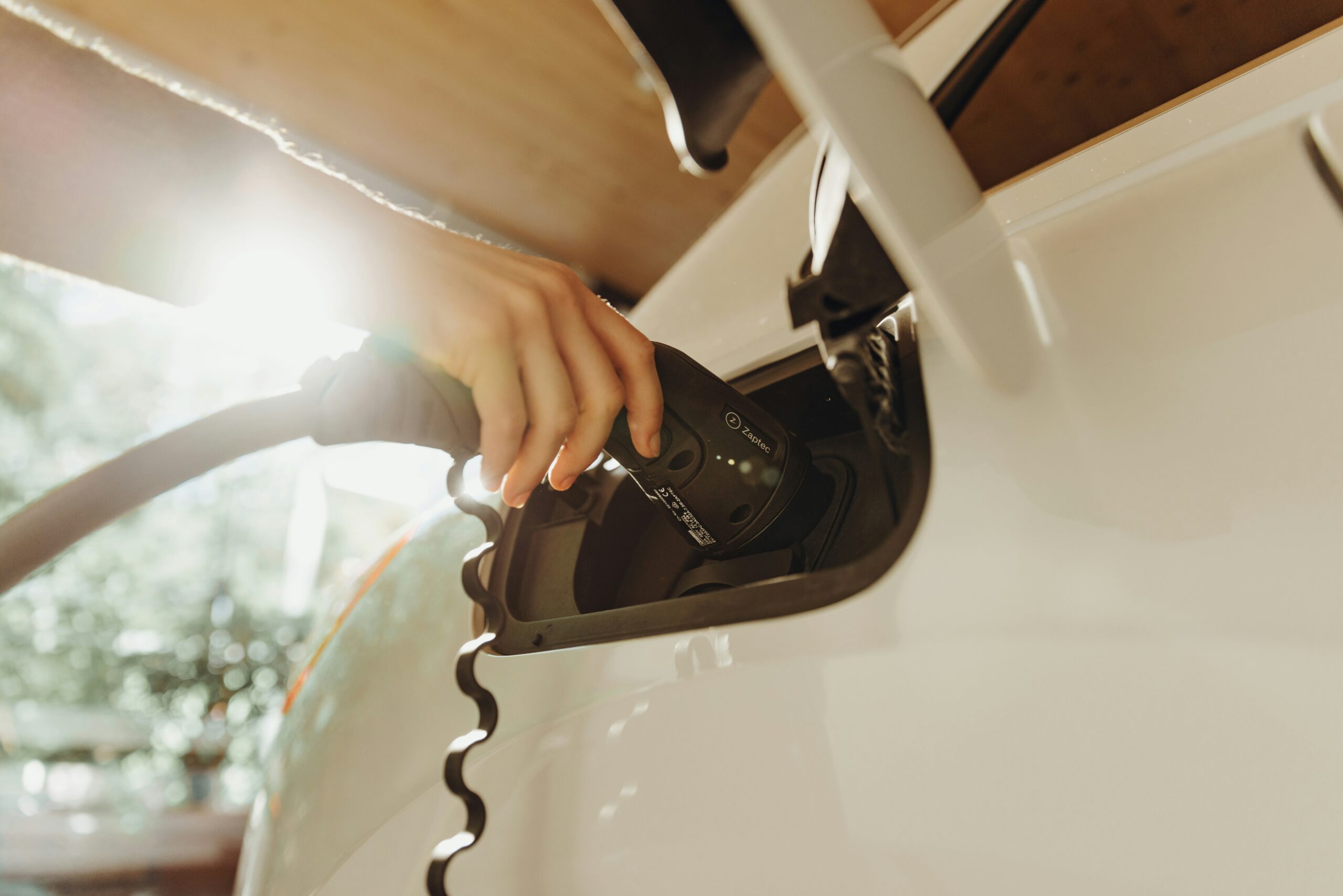Here’s something that might surprise you: more Irish families are finding themselves with two electric cars than they expected. Maybe you bought your first EV and loved it so much that your partner decided to go electric too. Or perhaps the kids moved back home with their own EVs. Suddenly, you’re looking at your driveway, wondering how on earth you’re going to charge multiple cars without blowing a fuse – literally.
I’ve been working in the EV charging business for years now, and this scenario is becoming incredibly common. The good news? EV charger load balancing in Ireland has some brilliant solutions that don’t require you to rewire your entire house or upgrade to an industrial-level electrical supply.
But first, let’s talk about why this is even a problem in the first place.
Understanding Irish Home Electrical Limits
Most Irish homes weren’t designed with electric cars in mind. Your typical house has either a 12kVA standard supply with a maximum continuous load of around 12kW, or an enhanced 16kVA supply with approximately 16kW maximum continuous load. To put that in perspective, a typical home EV charger delivers around 7.4kW of power, which is over half of what a standard supply can handle, but still a substantial draw on your electrical system.
ESB Networks charges around €3,486 for a standard connection and €4,721 for an enhanced 16kVA connection when you’re building new. For existing homes, upgrading your electrical supply gets expensive quickly, especially if you need new cables run from the transformer.
Here’s where it gets interesting, though. When you apply for a new ESB connection and select EV charging, their system automatically suggests 20kVA or 29kVA with a three-phase supply. That tells you something about how seriously they’re taking the EV transition.
But what if you’re in an existing home with a standard or enhanced connection? While you have the capacity for one EV charger, adding a second 7.4kW charger would push you close to or over your limits, especially when combined with normal household usage.
The Smart Solution: Load Balancing Technology
This is where EV charger load balancing technology becomes your best friend. Instead of trying to pump 15kW through a 12kVA connection (which would end badly), smart chargers can automatically manage and distribute your available power between multiple cars.
Dynamic load balancing continuously monitors power consumption at each connected charging point and uses intelligent algorithms to allocate power efficiently, considering factors such as the number of vehicles charging, their individual battery levels, and the total available power capacity.
Think of it like this: if you’ve got a 16kVA supply and two cars plugged in, the system might give each car 6kW instead of trying to deliver 7.4kW to both. Your cars still charge overnight, just a bit slower when they’re both plugged in. When one finishes charging or gets unplugged, the other automatically gets full power.
How Load Balancing Actually Works
The system constantly monitors the total power consumption of the building, calculates the available power that can be allocated to EV chargers without exceeding the electrical infrastructure’s maximum capacity, and distributes the available power among the chargers based on the number of connected EVs and their charging requirements.
The clever bit is that it’s completely automatic. You don’t need to think about it – just plug in your cars and the system sorts itself out. Most smart chargers available in Ireland include automatic load balancing at no extra cost, though it’s always worth confirming with your chosen brand and installer that this feature is included for your specific setup.
Smart Chargers Available in Ireland
The Irish market has some excellent options for load balancing. Here are the main players:
Zappi Chargers
The Zappi charger has Dynamic Load Management built in via a wired CT (current transformer) and comes in both tethered and socket versions. The Myenergi Zappi is designed as a complete smart charging ecosystem to optimise your electric car ownership experience.
What I like about Zappi is that it also works brilliantly with solar panels if you’ve got them. You can set it to use excess solar power first, then draw from the grid as needed.
Ohme Chargers (Highly recommended)
Ohme chargers feature dynamic smart charging, energy tariff integration, home power balancing, and over-the-air updates. They integrate directly with smart tariffs, automatically charging your EV at the cheapest times, and can make use of your home solar energy while balancing with your household supply.
The Ohme app is particularly good – you can save and switch seamlessly between multiple cars and easily track charging sessions for each vehicle.
Real-World Scenarios for Irish Families
Let’s walk you through some typical situations Irish Households experience frequently:
The Two-Car Family
You’ve got a 16kVA enhanced supply and two EVs. Without load balancing, trying to charge both at 7.4kW each would demand 14.8kW – cutting it very close to your limit and potentially tripping breakers when you switch on the kettle.
With load balancing, each car gets about 6kW when both are plugged in. With the average driver covering 19 miles a day, that means your car uses around 6kWh of electricity just to keep up with the daily commute. At 6kW charging speed, you’re replacing a day’s driving in about an hour – plenty of time overnight.
The Multi-Generational House
Maybe you’ve got three cars and a 16kVA supply. The load balancing system would give each car about 4-5kW when all are plugged in. It’s slower, but for most Irish drivers, that’s still enough to fully charge overnight.
The Standard Supply Challenge
If you’re on a 12kVA standard supply, things get tighter. You might need to be a bit more strategic about when you charge, but load balancing still works. The system might charge one car at 7kW and wait for it to finish before starting the second car, or charge both more slowly.
Installation Considerations
Setting up load balancing properly requires careful planning. Most single EV chargers in Ireland run at 7.4kW, but if you anticipate adding another EV, consider installing a charger that supports load balancing or even a dual-port setup from the start (More info: Car Chargers Ireland ).
Your electrician will need to install current transformers (CTs) to monitor your home’s electrical usage. This isn’t complicated, but it does need to be done properly by someone who knows what they’re doing.
Electric Ireland installers use the surface-mounted cabling approach, allowing for 10m of cabling and drilling through 2 walls, with costs of additional works added to the price where required, and no works carried out without client agreement.
The SEAI Grant Still Applies
Good news – you can still claim your €300 SEAI grant for each home charger, even with load balancing systems. All the major smart chargers with load balancing capabilities are SEAI registered and qualify for the grant when installed by registered contractors.
Future-Proofing Your Setup
Adding capacity, preparing your wiring, and choosing smart, solar-ready systems will make it much easier (and cheaper) to expand when your household adds another electric car.
If you’re building new or doing major electrical work, it’s worth considering getting the EV cables run now while you’re building – that’s the hardest part of installing EV charge points.
For households expecting multiple EVs, upgrading to three-phase power (if available in your area) can make a huge difference, allowing faster charging and better distribution of power across appliances.
Cost vs. Benefit Analysis
Let’s be realistic about costs. Upgrading your site’s power capacity to accommodate more EV chargers can cost thousands in infrastructure changes. Load balancing systems cost a few hundred euros extra but can save you thousands in electrical upgrades.
Plus, dynamic load balancing can let five 22kW chargers share a smaller supply more efficiently than needing a 110kW power supply. The technology is genuinely impressive.
What This Means for Irish EV Adoption
I think load balancing technology is going to be crucial for EV adoption in Ireland. Most of our housing stock has standard electrical connections, and upgrading everything would be massively expensive. Smart charging with load balancing lets families go electric without rewiring the country.
Dynamic load balancing doesn’t just balance the load between chargers – it can help manage energy consumption more effectively, giving full visibility over energy use to cut costs and improve sustainability.
The technology also works brilliantly with time-of-use tariffs. You can set your chargers to prioritise night-rate electricity, and the load balancing ensures everything works within your electrical limits even when multiple cars are charging.
Getting Started
Your first step should be to purchase a smart charger which enables load balancing for multiple electric vehicles. Most can be expanded later to manage multiple charging points. The operation of smart EV chargers depends on their ability to manage power delivery to cars according to usage patterns and household power needs, which protects electrical systems from failures and reduces electricity expenses.
The success of load-balancing system installation depends on selecting an installer who has experience with these systems. The company needs to evaluate your existing electrical system and power consumption habits to create a system which meets your needs.
The purpose of EV charger load balancing in Ireland extends beyond managing multiple vehicles, as it enables Irish families to operate electric transport at affordable rates without requiring expensive electrical system upgrades. The technology exists as a working system which becomes progressively more affordable with each passing year.
Your electric future is already available today, although the power grid needs additional development to reach its full potential. Your driveway can support multiple electric vehicle charging operations through smart charging and load balancing systems, which function tonight (More info on: Commercial EV charger installation).
Ever wondered about EV Charger Load Balancing for Irish Homes?…..Check out our latest blog post for details.
Related search terms: charging station, chargers ireland, charging at home, electric vehicle charger, electric vehicle home charger, ev charging solution, ohme ev chargers, electric car charger, seai home charger grant, charging system, charger installations, charging experience, charge your electric vehicle, electric vehicle charge point, intelligent charging, charging power, irish ev owners, electric vehicle owners, charge your vehicle, renewable energy, off-peak charging, grant support, smart grid, preferred charging, adjust charging, easy installation, myenergi zappi ev, cost savings, €300 towards the purchase, towards the purchase and installation, compatibility with solar, scheme provides a grant, electricity rates, smart scheduling, excess solar energy
Ever wondered …. How to Future Proof Your Home’s Electrical Supply for EV Chargers & EV Charging…. Read our latest blog post for details




